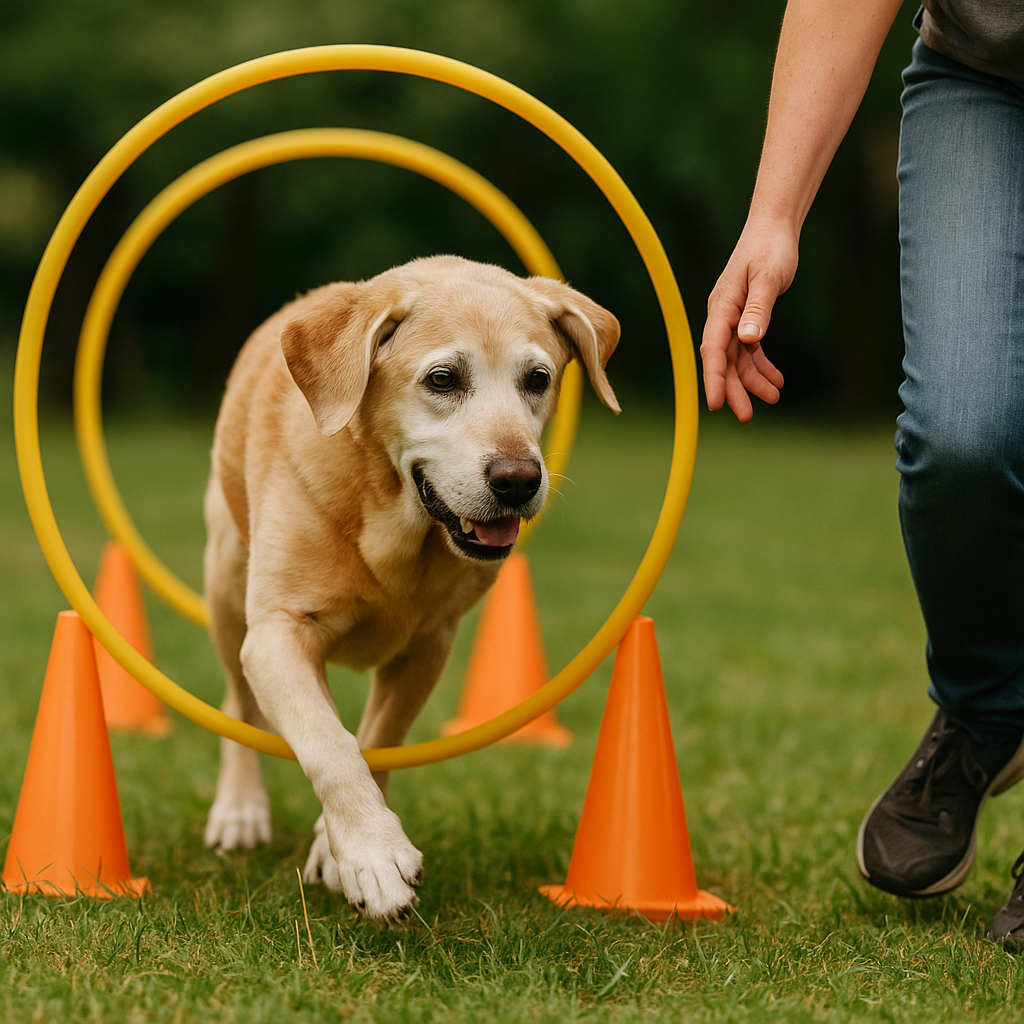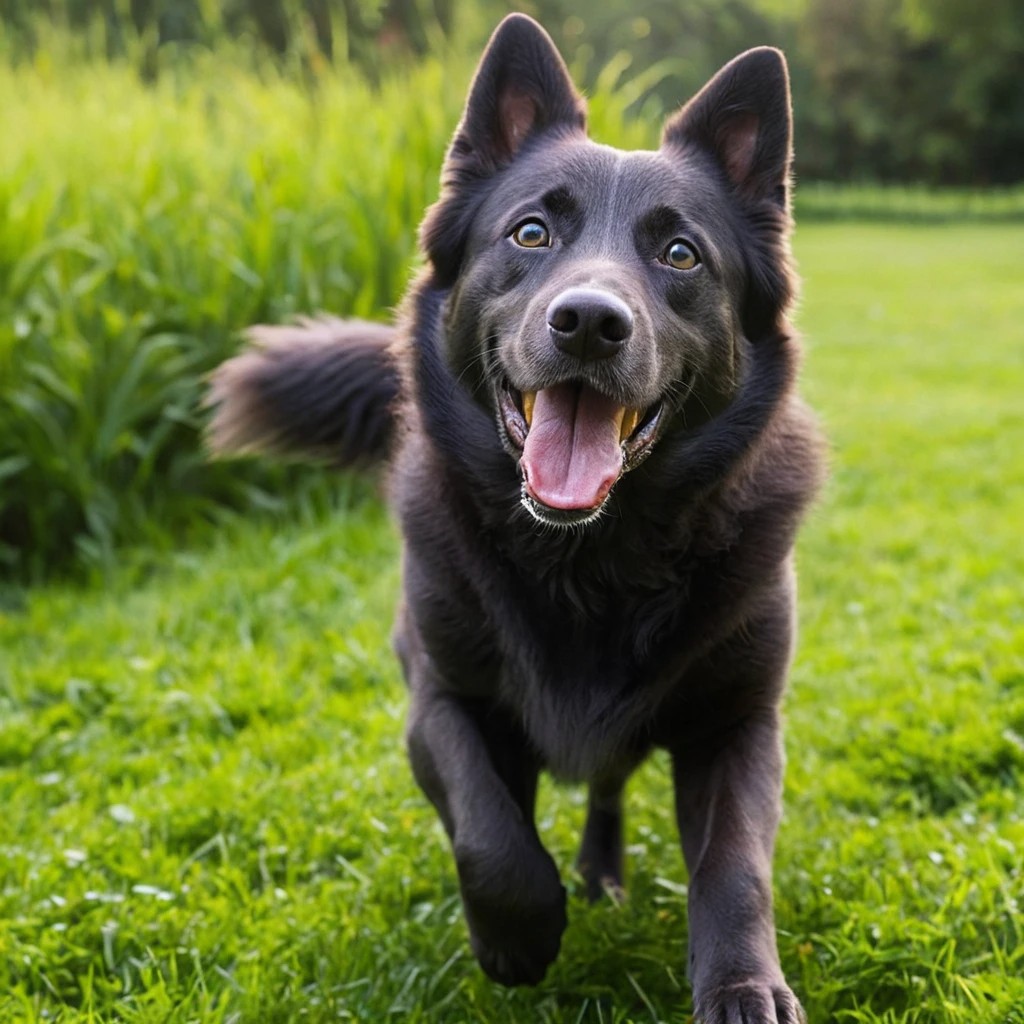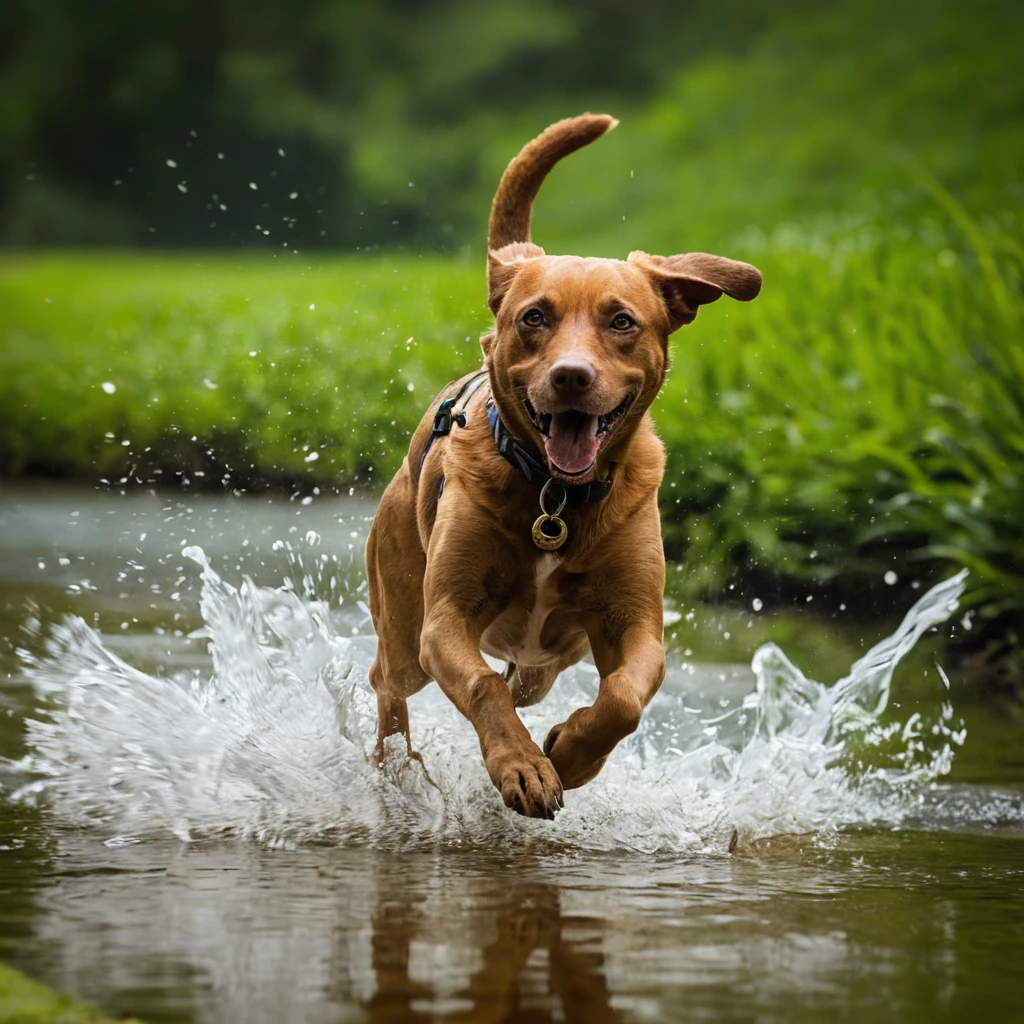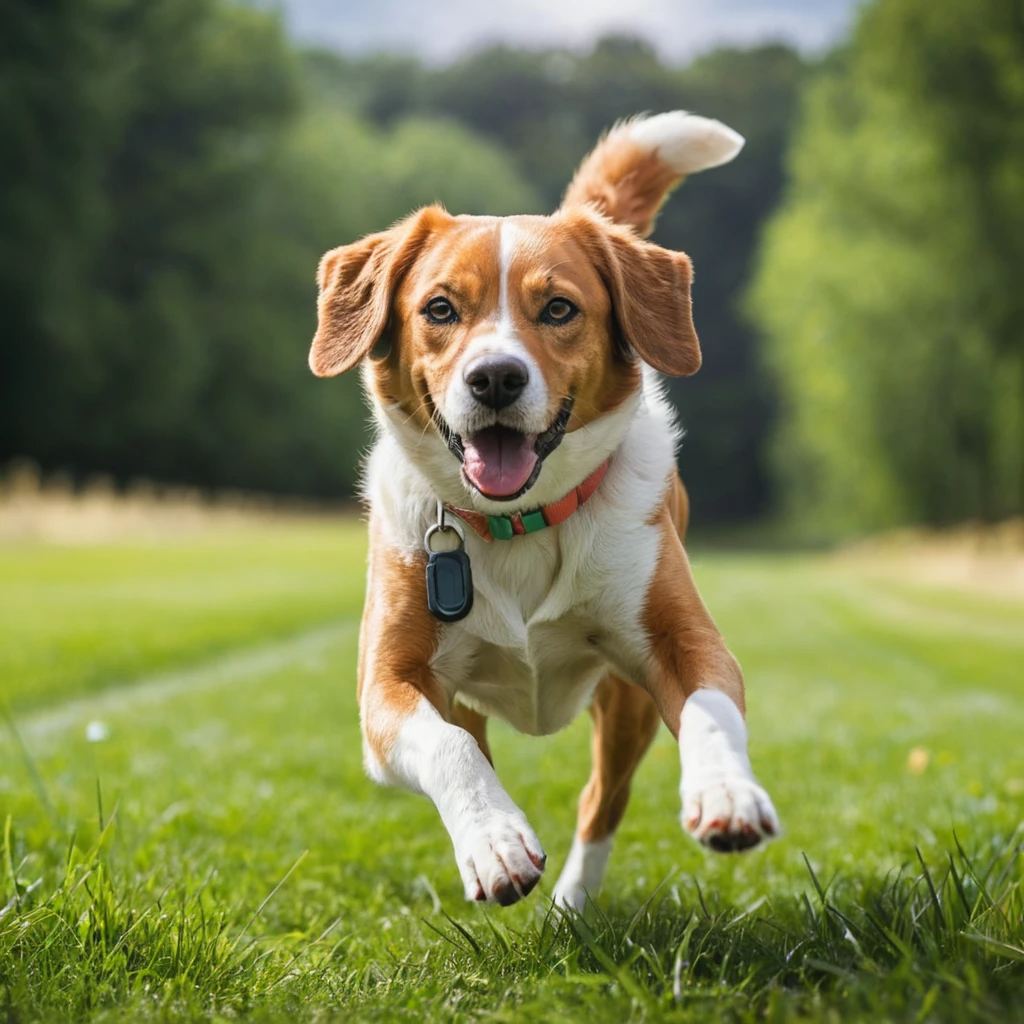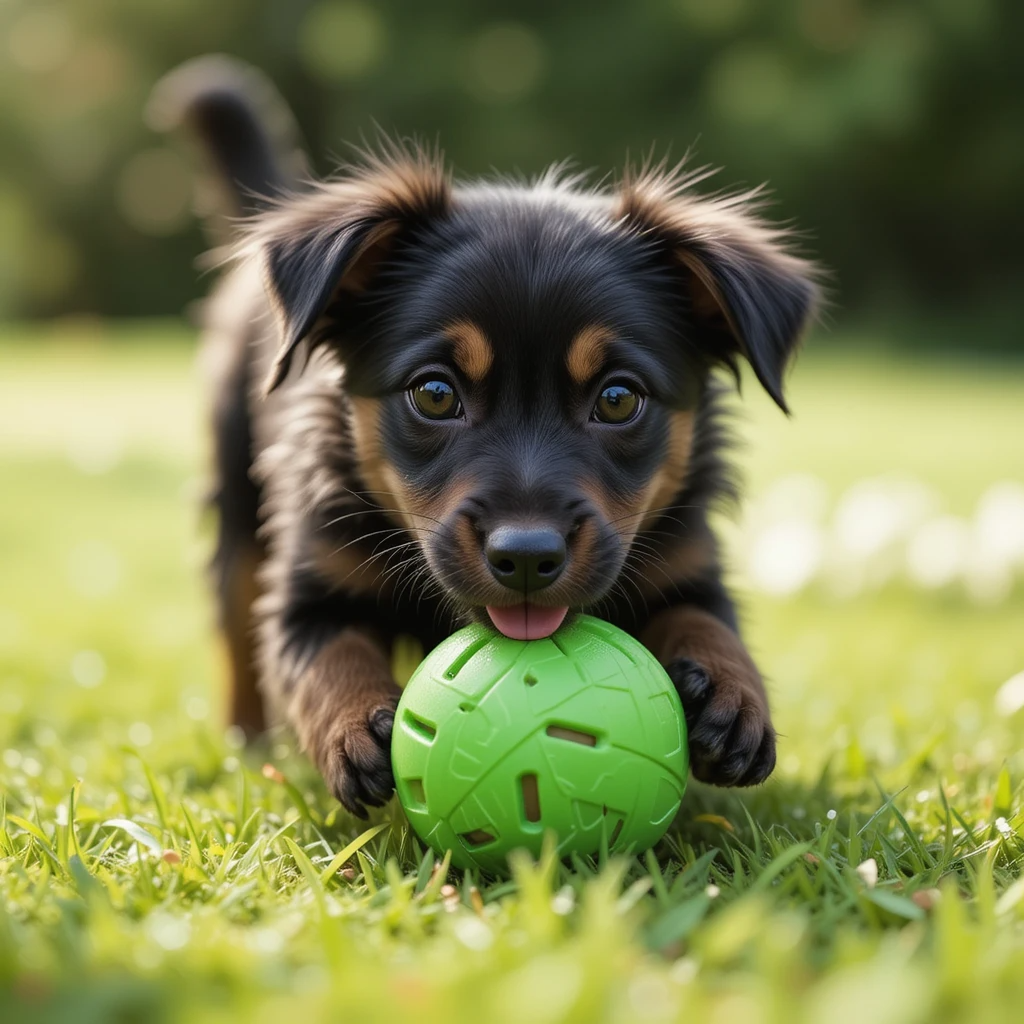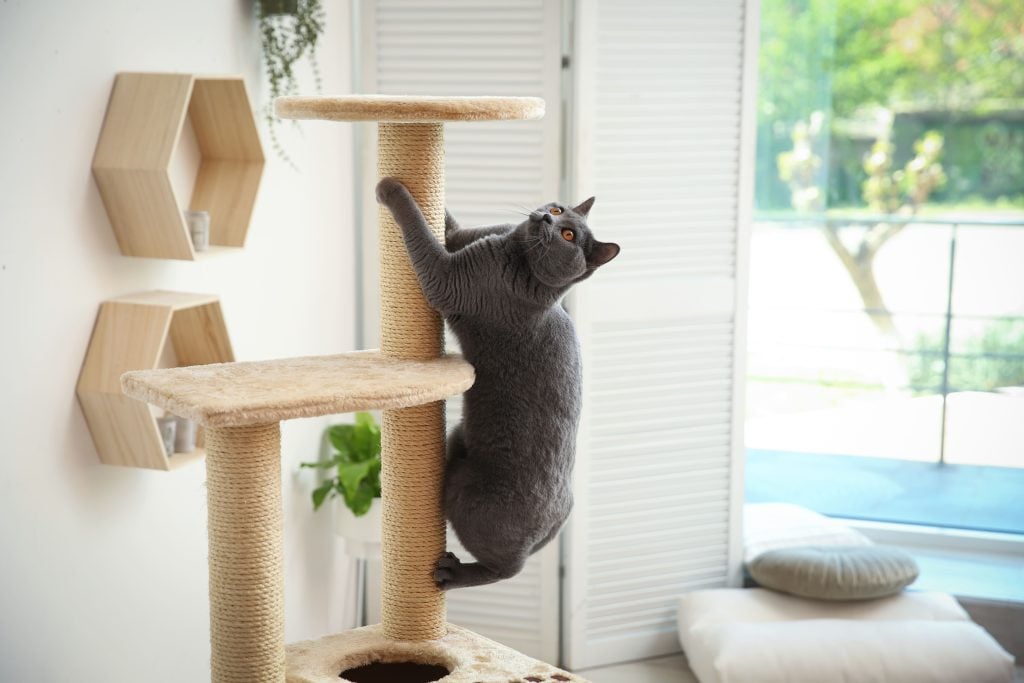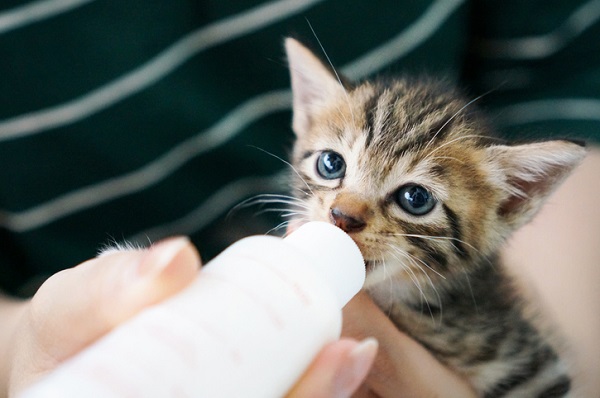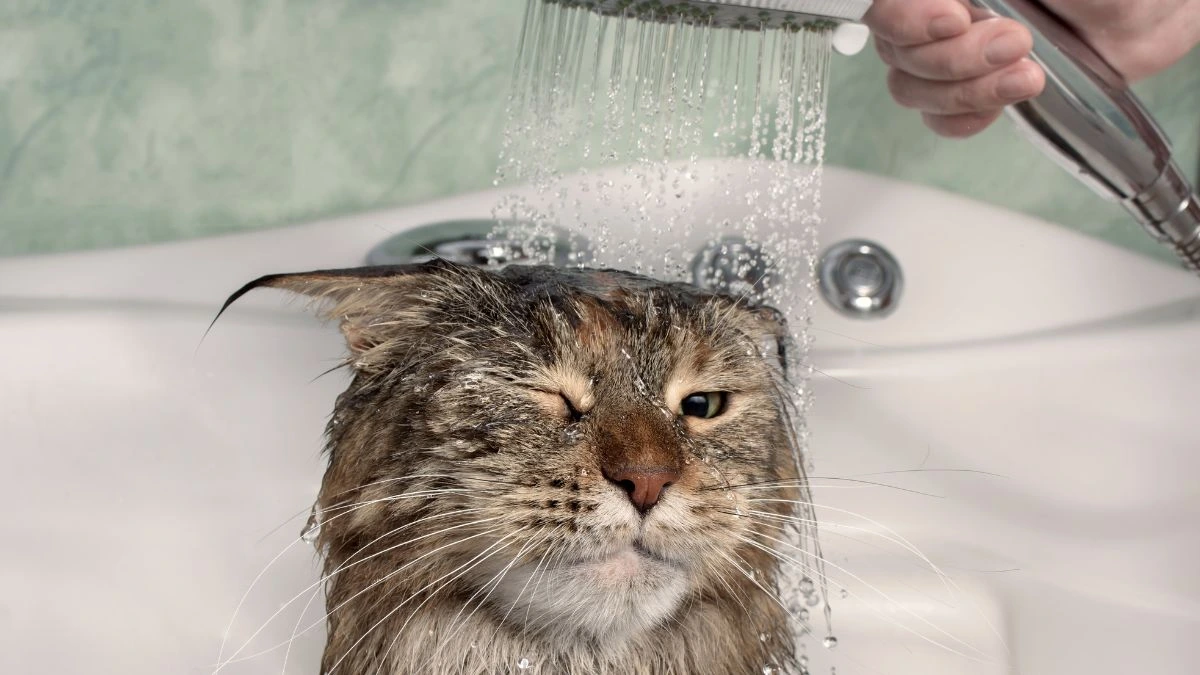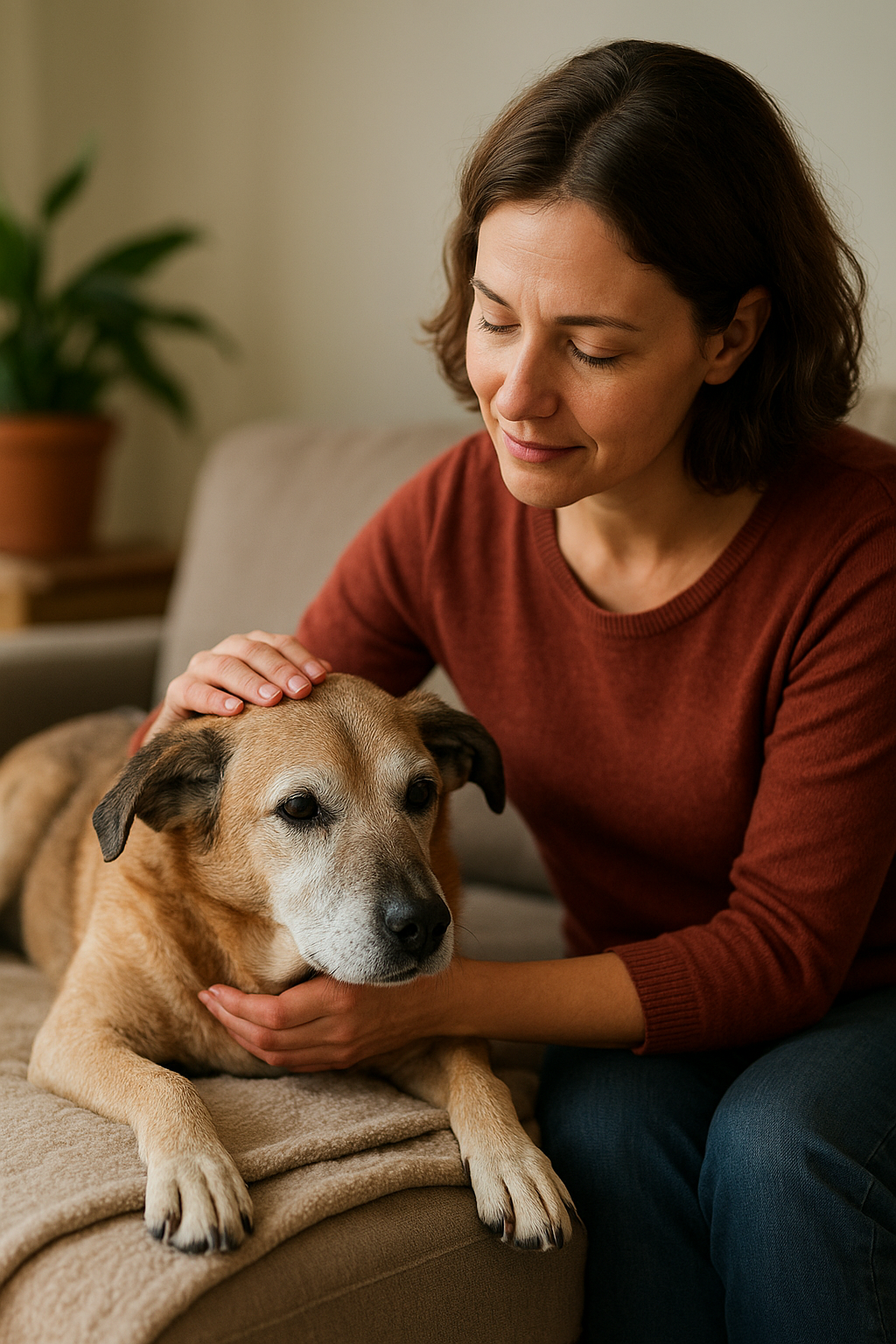Só porque seu cão está ficando mais velho não significa que é hora de parar de brincar, passear ou se exercitar. Na verdade, a atividade física regular é essencial para cães idosos manterem sua saúde, mobilidade e agilidade mental.
No entanto, a rotina de exercícios que você seguia quando seu cão era mais jovem pode não ser mais segura ou confortável. Articulações envelhecidas, reflexos mais lentos e condições médicas como artrite exigem uma abordagem mais suave.
Neste artigo, você aprenderá a adaptar uma rotina de exercícios segura e agradável, que se ajuste às habilidades do seu cão idoso, fortalecendo seu vínculo e apoiando seu bem-estar geral.
Por que o exercício é crucial para cães idosos
A atividade física ajuda cães idosos a:
- Manter um peso saudável
- Apoiar a flexibilidade das articulações e a massa muscular
- Reduzir rigidez e desconforto da artrite
- Prevenir constipação
- Estimular a função cognitiva
- Aliviar ansiedade ou depressão
- Promover um sono tranquilo
O segredo é moderação e consistência. O exercício deve desafiar seu cão o suficiente para mantê-lo engajado — mas nunca forçá-lo a sentir dor ou exaustão.
Sinais de que seu cão precisa de uma rotina mais suave
Mesmo que seu cão costumasse correr quilômetros ou brincar com vigor, o envelhecimento pode trazer mudanças que exigem um ritmo mais lento. Fique atento a:
- Mancar ou rigidez, especialmente após atividades
- Hesitação antes de pular ou subir escadas
- Cansaço durante passeios curtos
- Respiração difícil ou ofegação excessiva
- Desinteresse por atividades favoritas
- Dificuldade para se levantar após descansar
Se notar algum desses sinais, consulte seu veterinário antes de fazer alterações. Seu cão pode se beneficiar de medicamentos ou suplementos junto com um plano de exercícios adaptado.
Quanto exercício um cão idoso precisa?
Cada cão é diferente, mas a maioria se beneficia de 20 a 60 minutos de exercício leve por dia, dependendo de:
- Raça e tamanho
- Condições de saúde existentes
- Nível de energia
- Condições climáticas
Divida o exercício em sessões mais curtas (ex.: dois ou três passeios de 15 minutos) em vez de uma única atividade longa. Sempre permita descanso entre as atividades e observe sinais de cansaço.
Melhores exercícios de baixo impacto para cães idosos
1. Passeios leves
Passeios diários ainda são uma das melhores formas de exercitar seu cão idoso. Escolha trajetos planos e gramados, mais suaves para as articulações. Deixe seu cão ditar o ritmo e pare para farejar — é um ótimo estímulo mental!
🐾 Dica profissional: Evite concreto ou ladeiras íngremes. Se estiver calor, prefira passeios no início da manhã ou no fim da tarde.
2. Natação
Exercícios na água são ideais para cães com artrite ou dor nas articulações. Nadar:
- Fortalece músculos sem pressionar as juntas
- Melhora a saúde cardiovascular
- Mantém o cão fresco em meses quentes
Certifique-se de que a água esteja limpa, calma e não muito fria. Sempre supervisione e considere um colete salva-vidas para cães iniciantes.
3. Circuitos de obstáculos indoor
Use objetos domésticos para criar um percurso seguro:
- Caminhar sobre travesseiros macios
- Contornar cones ou cadeiras
- Usar tapetes de yoga para tração
- Praticar caminhadas entre suas pernas ou sob mesas
Isso mantém a mente ativa e melhora a consciência corporal.
4. Jogos de farejar
O olfato canino permanece apurado com a idade. Esconda petiscos ou brinquedos pela casa ou quintal para estimular o cérebro e movimentos leves.
Ideias:
- Esconder ração em tapetes de farejar
- Criar desafios “ache o petisco”
- Espalhar guloseimas na grama
5. Fetch ou cabo de guerra adaptados
Modifique brincadeiras clássicas:
- Use brinquedos macios e leves
- Brinque em carpete ou grama para melhor tração
- Limite o número de lançamentos
- Mantenha sessões curtas
Pare imediatamente se o cão parecer cansado.
6. Exercícios de equilíbrio e mobilidade
Treinos leves ajudam na coordenação:
- Subir em um livro grosso
- Ficar parado por alguns segundos
- Fazer voltas lentas no lugar
Pratique em pisos antiderrapantes com muitos petiscos e elogios.
Dicas para segurança
🔹 Aquecimento e desaquecimento
Comece com caminhadas lentas e termine gradualmente.
🔹 Evite temperaturas extremas
Cães idosos são sensíveis ao calor e ao frio. Prefira ambientes internos em condições adversas.
🔹 Use superfícies antiderrapantes
Pisos escorregadios são perigosos. Opte por grama, tapetes ou borracha.
🔹 Hidratação
Sempre ofereça água antes e após atividades.
🔹 Não exagere
Observe sinais de excesso:
- Ofegação intensa
- Mancar no mesmo dia
- Falta de apetite pós-exercício
- Letargia no dia seguinte
Plano semanal de exercícios (exemplo)
| Dia | Atividade | Duração |
|---|---|---|
| Segunda | Passeio leve + jogo de farejar | 30 min total |
| Terça | Natação (supervisionada) | 20 min |
| Quarta | Farejar + exercícios de mobilidade | 30 min |
| Quinta | Fetch indoor + alongamento | 25 min |
| Sexta | Passeio em local novo (devagar) | 30 min |
| Sábado | Brinquedos interativos + brincadeira livre | 20 min |
| Domingo | Dia de descanso + passeios curtos | 15 min |
Ajuste conforme a condição do cão, idade e clima.
Quando consultar um veterinário ou especialista
Se seu cão tem artrite, displasia de quadril ou outros problemas, consulte um profissional antes de iniciar exercícios. Terapias como esteira aquática, laser ou massagem podem ser indicadas.
Estimulando um cão relutante
Para motivar cães sedentários:
- Torne a atividade divertida com elogios e petiscos
- Use ambientes familiares
- Mantenha sessões curtas e positivas
Nunca force se houver desconforto.
Exercício mental também é importante!
Inclua:
- Quebra-cabeças com petiscos
- Treinos de comandos leves
- Esconde-esconde com brinquedos
Isso retarda o declínio cognitivo.
Conclusão: Movimento é remédio
Seu cão idoso pode não ser tão rápido, mas o movimento ainda é um presente valioso. Exercícios suaves e consistentes melhoram sua saúde física, humor e conexão com você.
O objetivo não é cansá-lo, mas mantê-lo ativo, feliz e amado por muitos anos.

